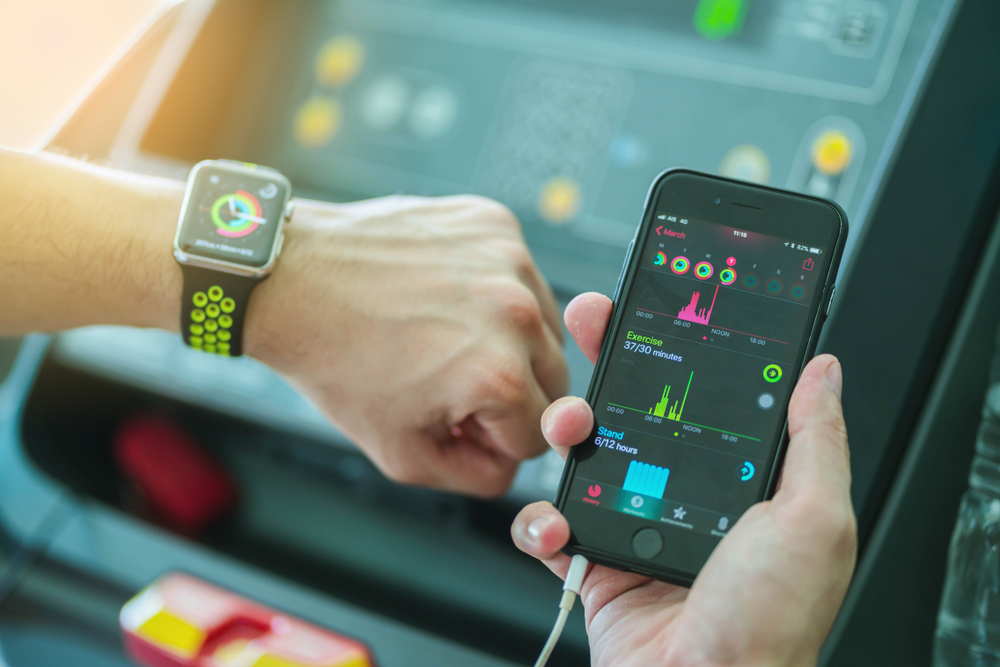I mused while staring blankly towards the electronic tracking board, where I foresee reading the triage call “My tracker said, I have AFib.” I delved into what is in my armamentarium to handle this crisis of the digital age. The stethoscope around my neck suddenly seemed archaic.
We the physicians have resigned to the redundant clicks on the electronic medical records (EMR). While still recovering from this inescapable occupational hazard of the new digital documentation, a technological surge of broadband-enabled technology has inundated us. These have surfaced as ingestible, wearable and embeddable based on the route of placement. Are, we physicians, labeling the data provided by them as patient health information (PHI)?
The consumer benefits from the tracking devices in making healthy lifestyle changes and goal setting like stress, weight loss, and activity management. Physicians are still at the crossroads of the accuracy of these data analytics in specific disease management. Health care startups are marketing explicit claims about wearable technology in diagnosing clinical conditions. Most of these devices infuse the merits of predictive analytics geared at consumer wellness and, more recently, disease diagnosis. Have we, physicians, questioned the actual utilization of the wearable tools in health care delivery? How do we intend to incorporate this information?
Your patients are rating you online: How to respond. Manage your online reputation: A social media guide. Find out how.



